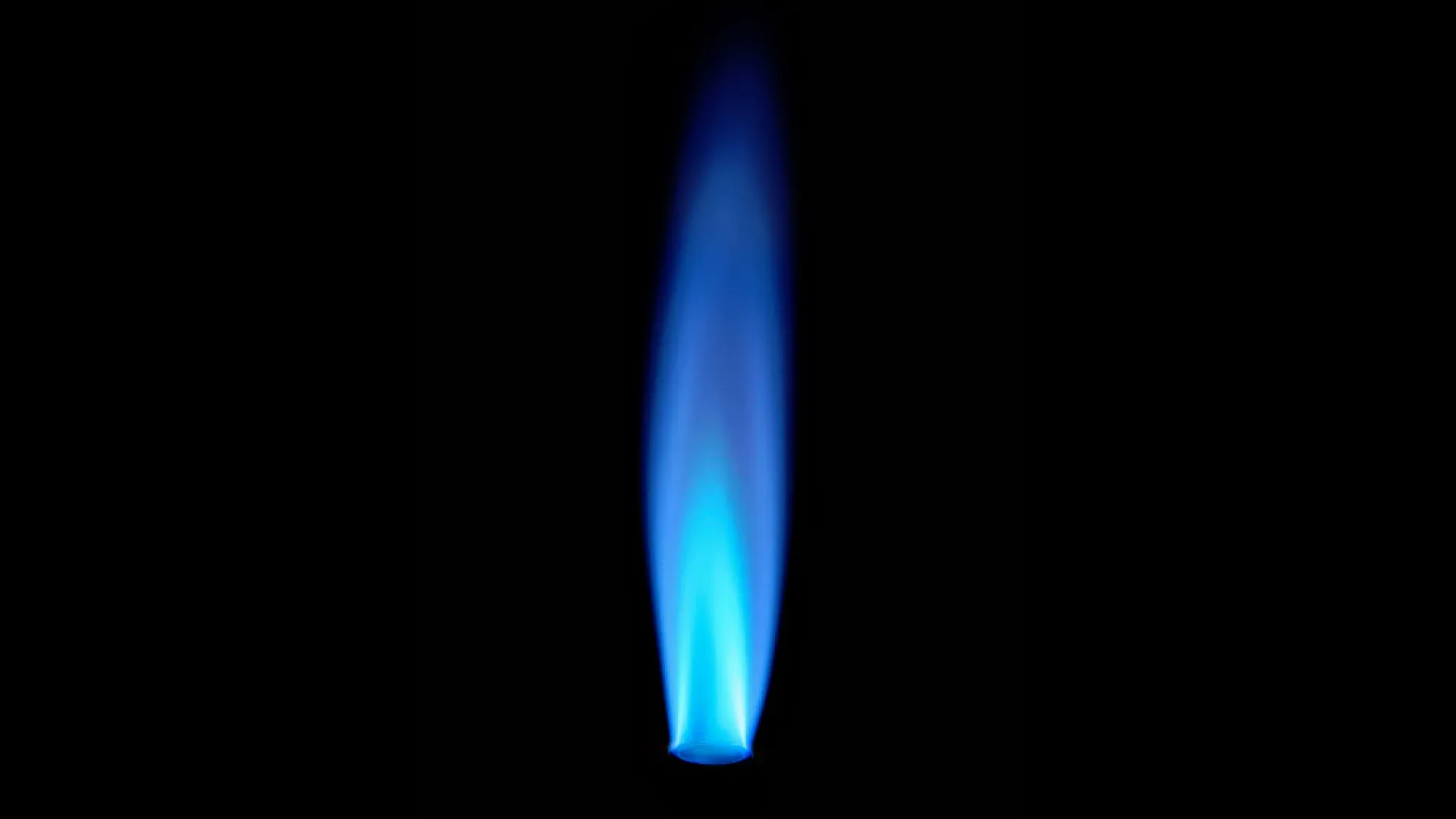Having your water heater pilot light repeatedly go out can be frustrating. This important flame is what ignites the burner to heat the water in your tank. When it goes out, you lose access to hot water until it's relit.
There are several potential causes for a pilot light that won't stay lit:
Incorrect gas line pressure - The gas line feeding the water heater needs to maintain a certain pressure range for proper pilot light operation. Too high or too low pressure can cause outages.
Dirty thermocouple - The thermocouple is a sensor that tells the gas valve when the pilot light is on. If it gets too dirty, it will fail to sense the flame properly.
Faulty thermopile - The thermopile generates a small electrical charge to power the gas valve when heated by the pilot light. If it malfunctions, the valve won't open.
Obstructed pilot tube - The pilot tube feeds gas to the pilot light. If it gets blocked by dirt, debris or spider webs, gas flow will be interrupted.
Blowing out the pilot light - Strong air currents around the water heater can literally blow the pilot light out. Vents, fans, open windows or outside wind may be to blame.
Moisture buildup - Condensation inside the gas line or pilot tube can temporarily extinguish the flame or prevent it from lighting.
Gas valve issues - Problems with the gas valve itself, like worn out parts or disconnections, can lead to pilot light problems.
Insufficient combustion air - The burner may be starved for oxygen, preventing the pilot from staying lit. Proper ventilation is needed.
Dangers of a Faulty Pilot Light
It's important to diagnose and fix a recurring pilot light issue promptly. There are several risks associated with an unpredictable pilot light:
Gas leak - If gas continues flowing with no ignition source, gas can accumulate and potentially explode. Always turn off the gas when troubleshooting.
Carbon monoxide - In some cases, a malfunctioning pilot light can produce incomplete combustion. This releases dangerous carbon monoxide into the home.
No hot water - Obviously, when the pilot light goes out you'll lose hot water capabilities until it's relit. This can be a big inconvenience.
Property damage - Left unaddressed, some pilot light problems can progress to bigger issues like flames rolling out of the burner area. This can damage the water heater itself and surrounding property.
Wasted energy - Gas will continue flowing out of the pilot tube when lit, even if the main burner isn't on. An inefficient pilot causes energy waste.
How to Safely Relight a Water Heater Pilot Light
When your water heater pilot light goes out repeatedly, don't ignore the issue. Here are tips for safely relighting it:
Locate the pilot. It's typically at the bottom of the main burner assembly.
Switch the gas valve knob to "pilot."
Push down on the knob while pressing the igniter button. This sparks the pilot tube to light.
Continue holding down the gas knob for about 60 seconds after seeing the pilot light ignite. This warms the thermocouple.
Release the knob and check that the pilot stays lit.
Turn the gas knob to "on" to resume normal operation.
If the pilot won't stay lit after multiple attempts, shut off the gas valve and call a technician. Never leave combustible gas flowing without ignition.
Troubleshooting Causes of a Water Heater Pilot That Repeatedly Goes Out
To get to the root of the problem, methodically test each potential cause:
Verify Gas Pressure
Install a pressure gauge on the gas line leading to the water heater. The pressure should be within the range specified on the rating plate, often around 7-14 inches of water column. If pressure is too high, install a pressure regulator. Low pressure may indicate a gas line blockage.
Clean the Thermocouple
Remove the thermocouple from the pilot assembly and scrub away any deposits using emery cloth. Blow air through the tube to ensure it's fully clear. Reinstall and test operation. Replace it if cleaning doesn't help.
Test the Thermopile
Use a multimeter to check the thermopile output voltage. You should get around 500-750 mV when the pilot is lit steadily. Swap in a new thermopile if the reading is low or erratic.
Inspect the Pilot Tube
Detach the pilot tube and check for dirt buildup or insect nests. Clear any blockages with compressed air or a thin wire. Make sure all connections are secure after reattaching.
Check for Air Currents
Light a match near the pilot light area and watch the flame. If it flickers strongly, try blocking or redirecting nearby vents. Eliminate drafts around the water heater.
Monitor for Condensation Buildup
In humid environments, condensate can accumulate and temporarily put out the pilot. Consider adding a drip leg to collect moisture on the gas line. Insulate cold water pipes near the heater.
Test Gas Valve Performance
Use a multimeter to check for 24-volts at the gas valve when the pilot is lit. If voltage is absent, the thermopile circuit is faulty. Try tapping the valve gently with a wrench - if the pilot suddenly lights, the valve needs replacing.
Ensure Adequate Combustion Air
Proper ventilation is required for consistent ignition. Examine the installation for blockages around air intake openings. Add ventilation if the area is tight.
With some troubleshooting and maintenance, you can get your faulty water heater pilot light working properly again. But if you can't diagnose the problem, call a professional service technician. Ignoring recurring pilot outages is a safety hazard.
Maintaining Your Water Heater Pilot Light
Prevention is the best way to avoid frustrating pilot light problems. Here are some maintenance tips:
Annually clean the thermocouple, thermopile and pilot tube using compressed air or pipe cleaners.
Periodically check the gas line pressure with a gauge. Verify it's in spec.
Replace the thermocouple every 3-4 years or when corrosion is visible.
Keep the area around the water heater clutter-free and well ventilated.
When away from home for extended periods, consider turning off the pilot light to conserve energy.
Have a technician tune-up the water heater annually. They will comprehensively inspect all components.
If gas odors are ever detected, immediately shut off the gas valve and call the gas company.
Staying on top of maintenance helps avoid nuisance pilot outages. But when problems do occur, safely troubleshoot the cause using the guidelines provided. With attention and care, your water heater pilot light will provide reliable service.

